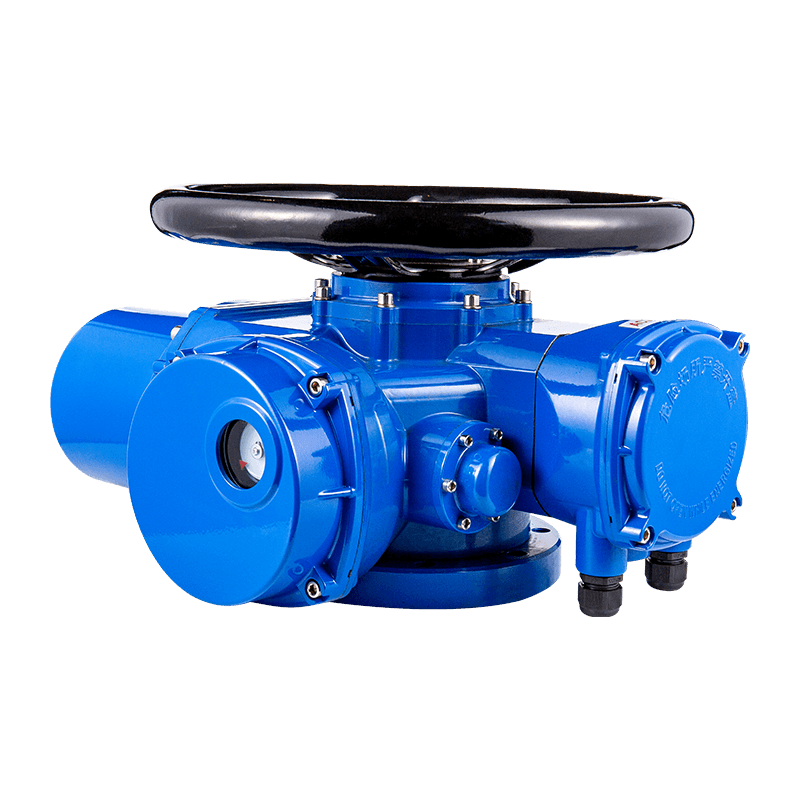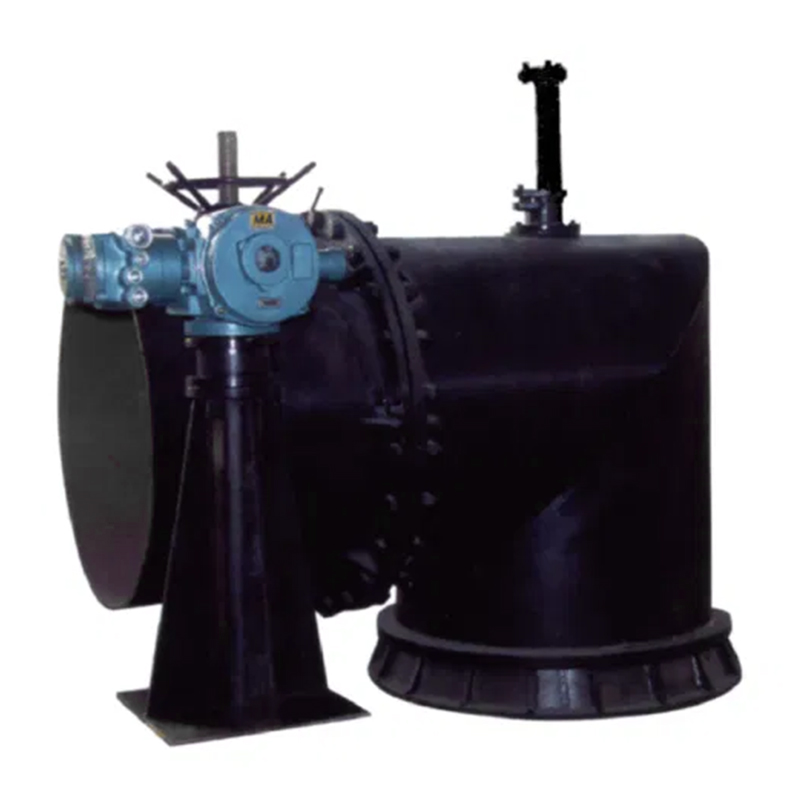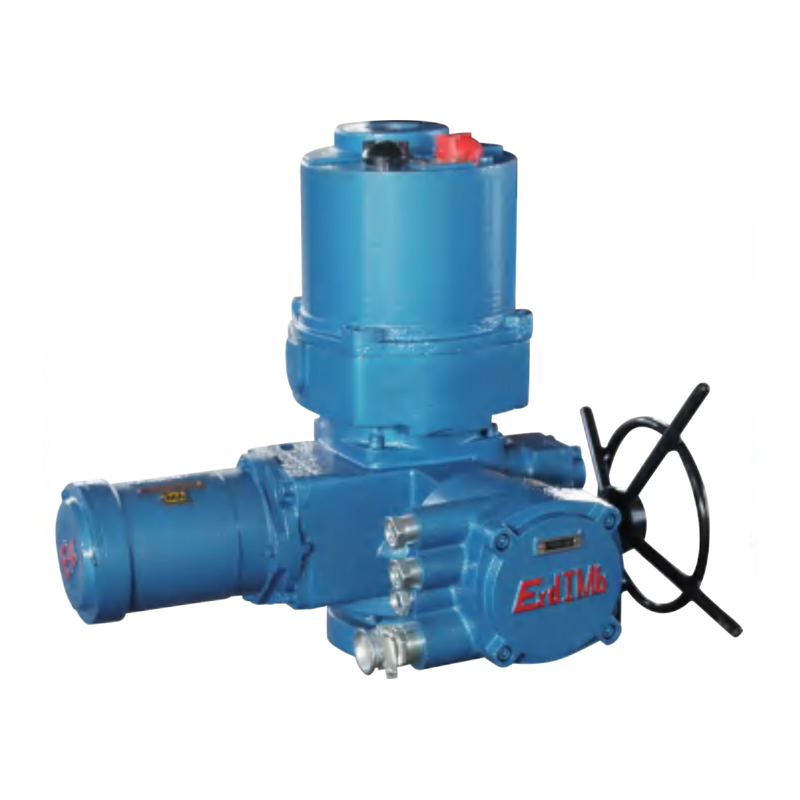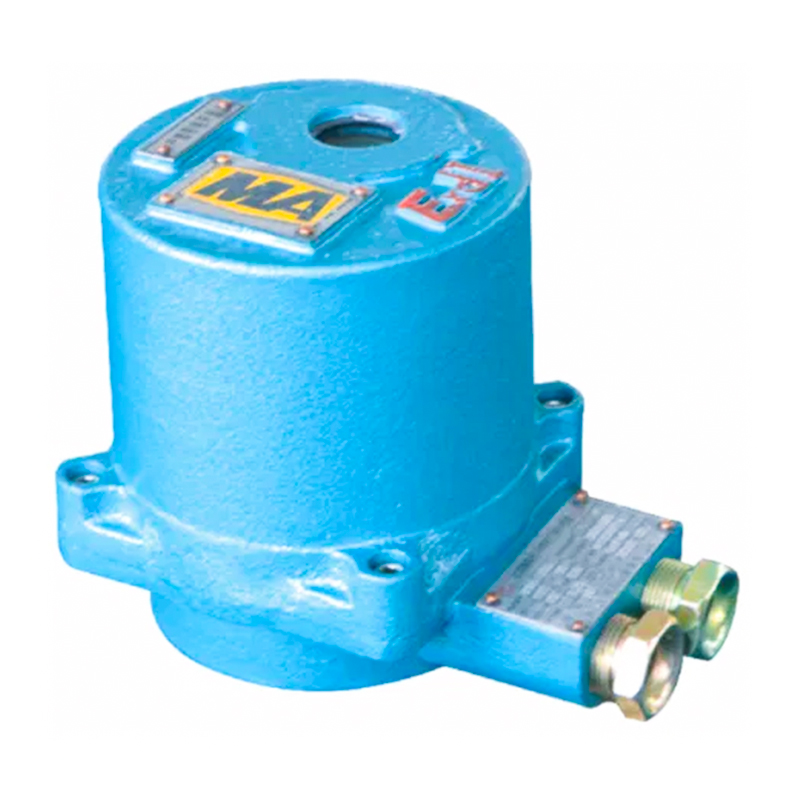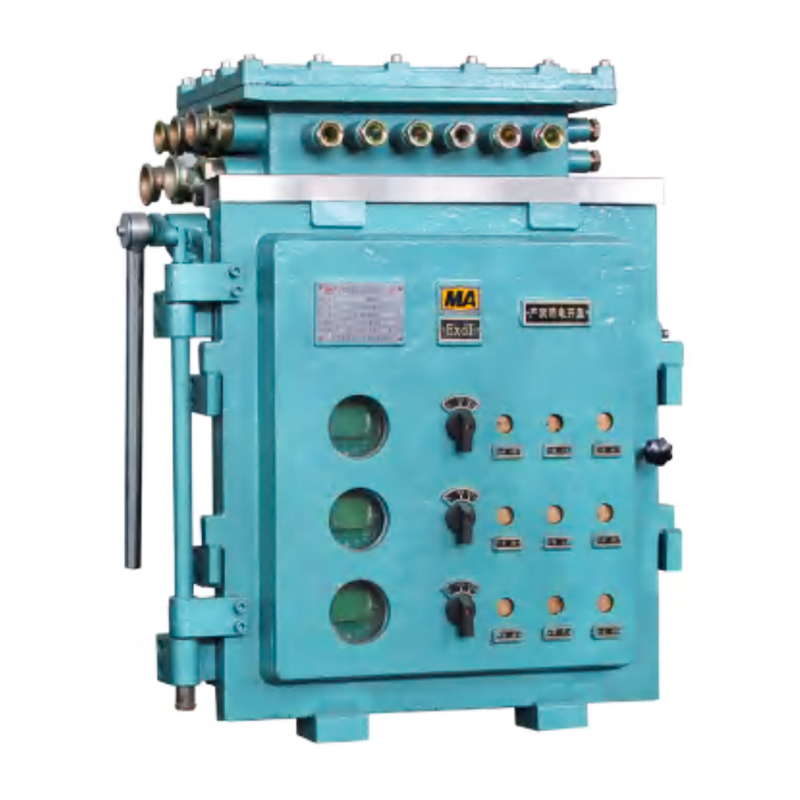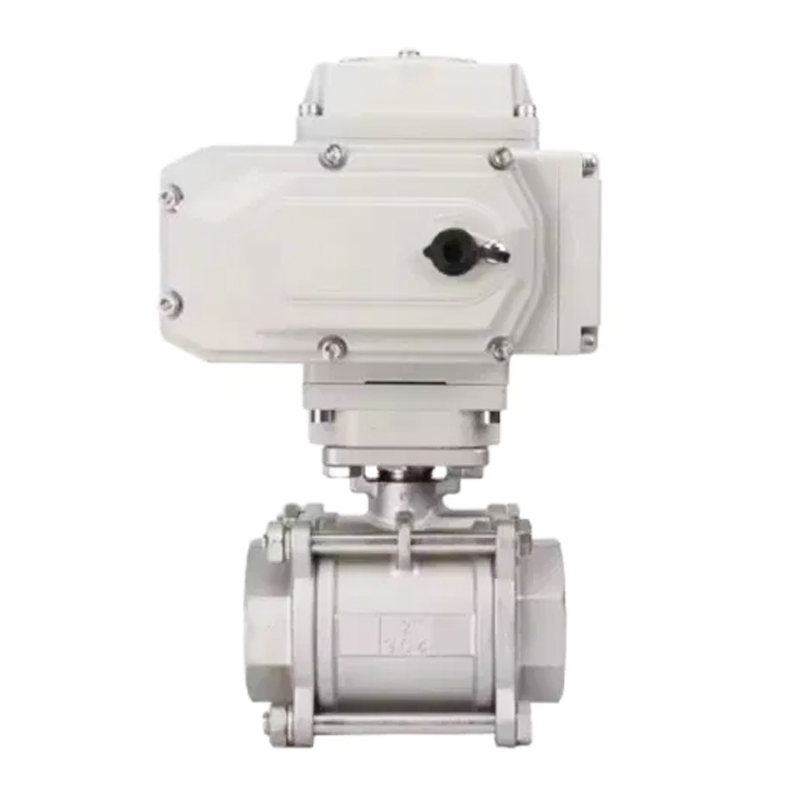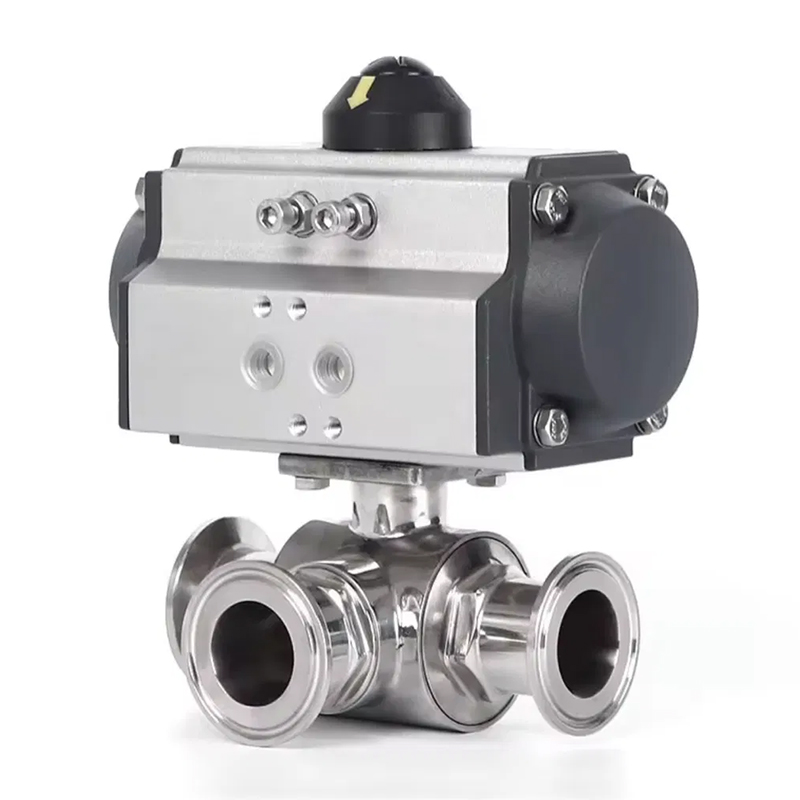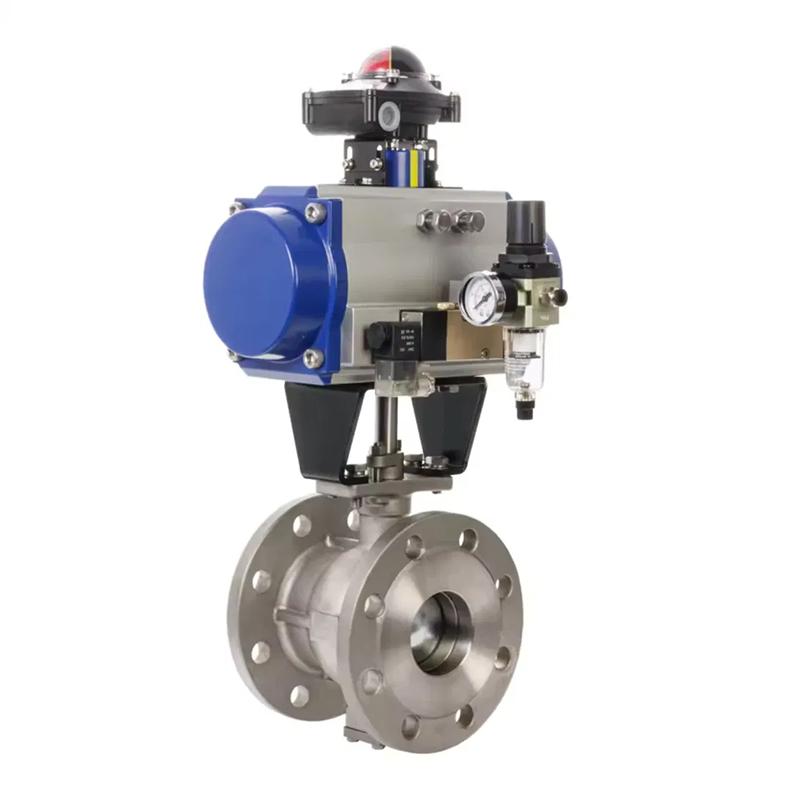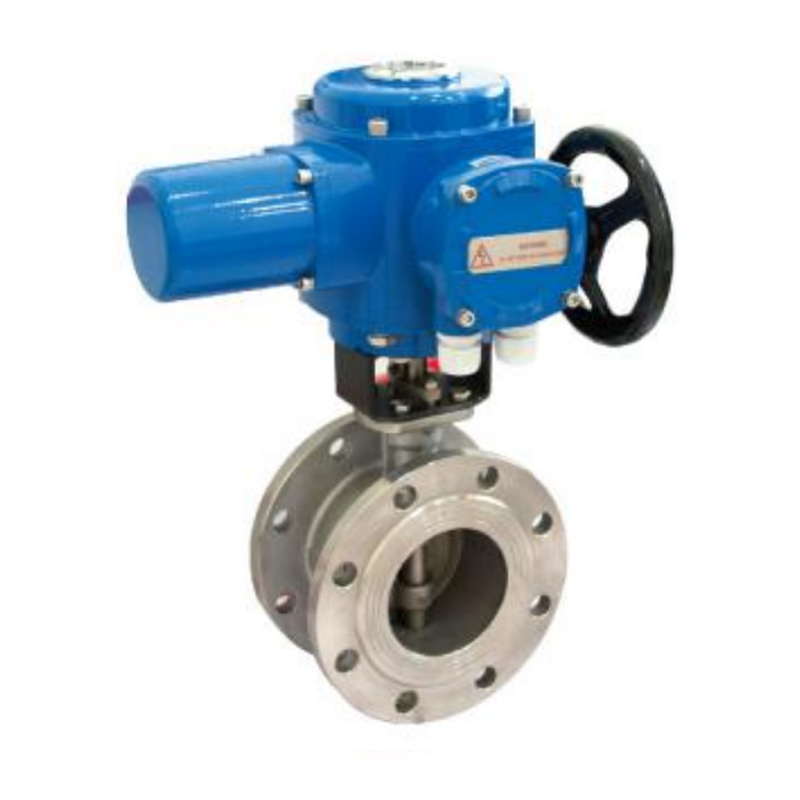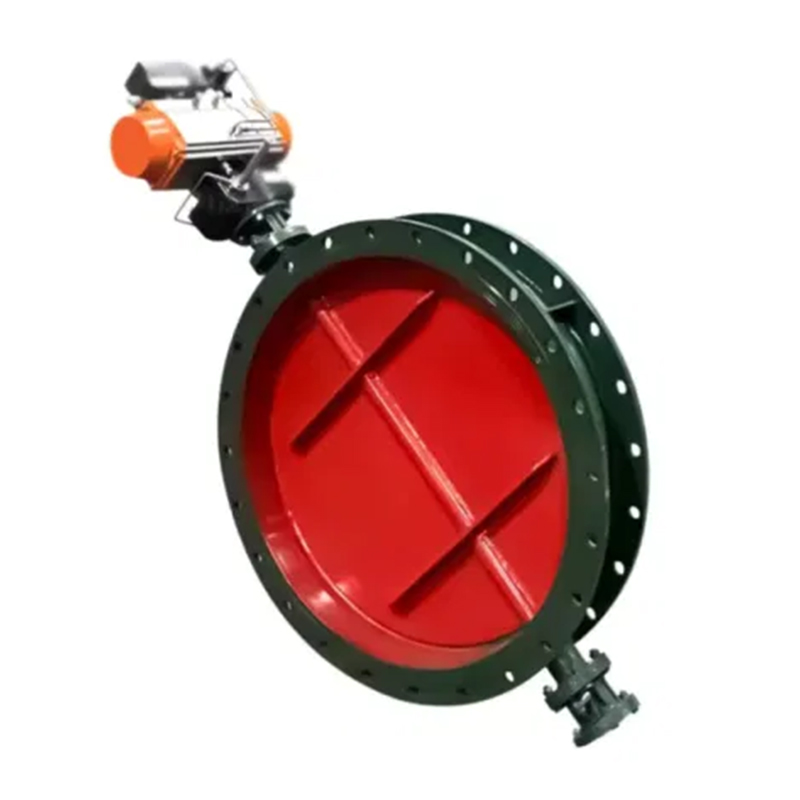0086 15335008985
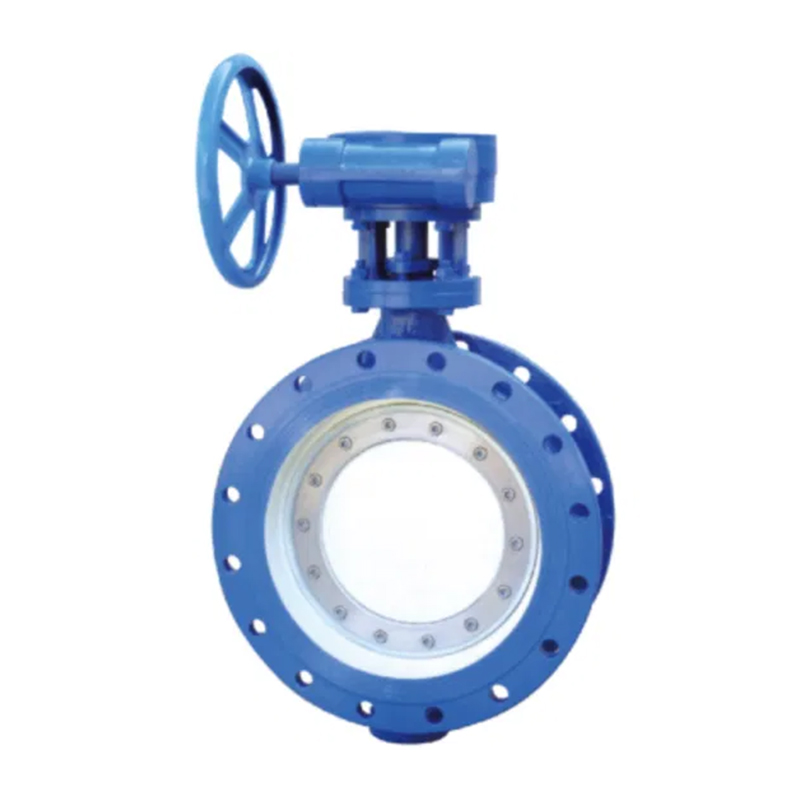
How to ensure quality control during the machining of coal mine valves?
During the machining process, cutting, grinding and other operations will generate a lot of heat, causing the temperature of the workpiece and tool to rise. Excessive temperature will not only cause thermal deformation of the material, affecting the machining accuracy, but may also accelerate tool wear and shorten the service life. Temperature control is particularly critical for parts such as coal mine valves that require extremely high precision.
Application of coolant: The use of appropriate coolant can effectively reduce the temperature of the cutting area and reduce thermal deformation. The selection of coolant needs to be considered comprehensively based on the material type, processing method and cutting conditions to ensure that it can effectively cool without negatively affecting the surface quality of the workpiece.
Optimization of process parameters: Reasonable adjustment of process parameters such as cutting speed, feed rate and cutting depth can reduce heat generation and workpiece temperature while ensuring machining efficiency.
Thermal deformation compensation technology: For workpieces that are susceptible to thermal deformation, pre-deformation compensation technology can be used, that is, the workpiece is properly treated before machining to offset the thermal deformation that may occur during machining.
In mechanical machining, the contact pressure between the tool and the workpiece is an important factor affecting machining quality and tool life. Excessive pressure will not only cause rapid wear of the tool, but may also cause the workpiece to break, seriously affecting the processing efficiency and component quality.
Tool selection and optimization: According to the processing materials and processing requirements, selecting appropriate tool materials and geometric shapes can significantly improve the durability and processing efficiency of the tool. At the same time, by optimizing the cutting edge angle and edge shape of the tool, the cutting force can be effectively reduced and the tool wear can be reduced.
Adjustment of process parameters: Reasonable adjustment of cutting speed, feed rate and cutting depth can reduce the contact pressure between the tool and the workpiece while ensuring the processing quality and extend the tool life.
Pressure monitoring and feedback: During the processing process, the pressure sensor is used to monitor the contact pressure between the tool and the workpiece in real time, and real-time adjustment is made according to the monitoring results, which can effectively avoid the adverse effects of excessive pressure on the processing quality and tool life.
Machining speed, that is, cutting speed, is a key factor affecting processing efficiency and surface quality. Too fast speed may increase the roughness of the processed surface, while too slow speed may reduce processing efficiency and increase production costs.
Optimization of cutting speed: According to the processing materials and cutting conditions, selecting the appropriate cutting speed can ensure processing efficiency while obtaining good surface quality. The selection of cutting speed needs to comprehensively consider factors such as the hardness, toughness, and thermal conductivity of the material.
Coordination of feed rate and cutting depth: Under the premise of maintaining a stable cutting speed, reasonable adjustment of feed rate and cutting depth can improve processing efficiency while ensuring processing quality. The selection of feed rate and cutting depth needs to be comprehensively considered based on the durability of the tool and processing requirements.
Variable speed cutting technology: For workpieces with complex shapes, variable speed cutting technology is used, that is, the cutting speed is adjusted in real time according to the shape of the workpiece and processing requirements, which can improve processing efficiency and surface quality while ensuring processing accuracy.
In the process of mechanical processing, the use of precise monitoring means to monitor processing parameters and processing quality in real time is an important means to achieve quality control.
Application of sensor technology: During the processing process, temperature sensors, pressure sensors, displacement sensors, etc. are used to monitor parameters such as temperature, pressure, and workpiece displacement in the cutting area in real time, providing real-time feedback for the adjustment of process parameters.
Online detection technology: Online detection technologies such as laser ranging and three-dimensional scanning are used to monitor the size and shape of the workpiece in real time to ensure that the processing accuracy and surface quality meet the design requirements.
Data analysis and intelligent optimization: Input the monitoring data into the data analysis system, and through algorithm analysis, realize intelligent optimization of process parameters to improve processing efficiency and component quality.




 русский
русский Español
Español
